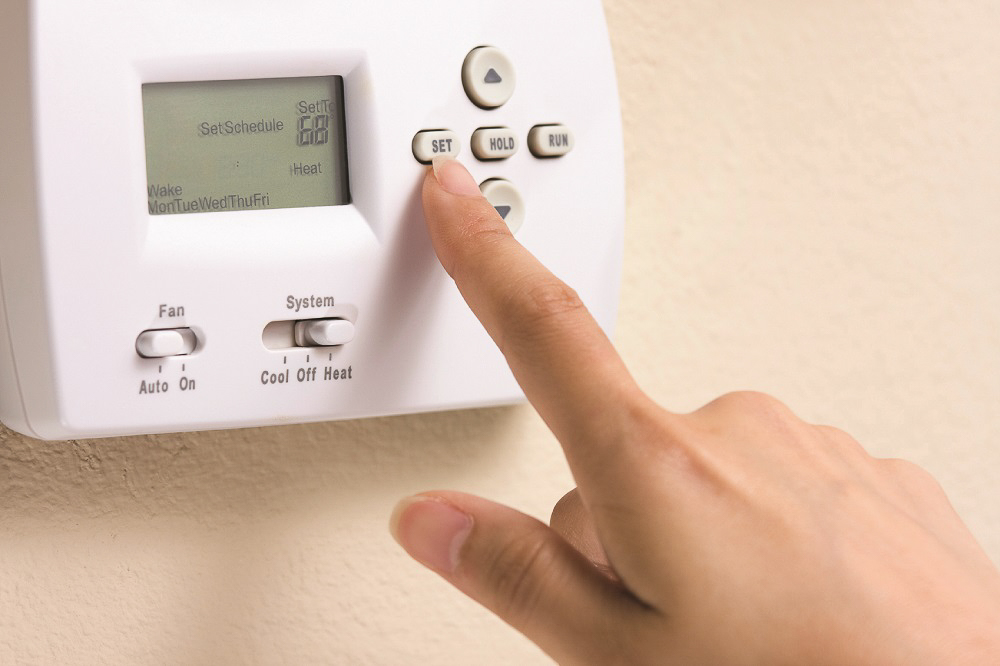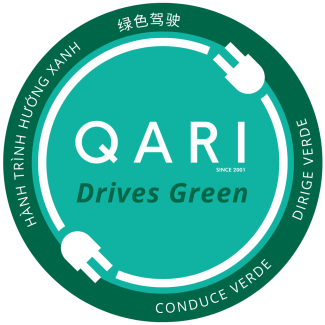
The cheapest, most sustainable energy is the energy that you don't use.
Here's a checklist of big impact actions that you can take to reduce your energy use at home.
Got a question? Send it to hello@greenenergyconsumers.org.
1. Get an energy assessment
Sign up for a no-cost home energy assessment through your state's energy efficiency program, administered by your electric and gas utilities.
If you live in Massachusetts:
Contact Mass Save, Massachusetts's ratepayer-funded energy efficiency program, at 1-866-527-7283 or visit MassSave.com. MassSave is run by local gas & electric utilities and regulated by the state. During your assessment, an energy professional will look for your biggest opportunities to save energy. Rebates on insulation, ENERGY STAR qualified appliances, and more energy-saving measures are available for gas, oil, propane, and electricity customers, regardless of household income.
Note: If you live in a municipal utility district, please call your electric utility directly for information on no-cost assessments, rebates, and programs in your area.
If you are a low-income fuel assistance recipient, contact your Community Action Agency (CAA) to schedule your assessment. Find your CAA at 1-800-632-8175 or here.
If you live in Rhode Island:
Contact Rhode Island Energy's ratepayer-funded energy efficiency program, at 1-888-633-7947 or visit Rhode Island Energy's website. During your assessment, an energy professional will visit your home and help you figure out the best ways you can save energy & money.
If you are a low-income fuel assistance recipient, contact your Community Action Agency (CAA) to schedule your assessment. Find your CAA at 401-941-0774 or here.
2. Insulate & air seal
During your home energy assessment, your energy specialist will tell you if there are places where your home could be made more energy efficient through insulation and air sealing.
You will also be given a personalized report listing rebates and incentives that can help you pay for the work. Your energy specialist can also offer you a contract for that work or refer you to qualified contractors.
3. Upgrade your thermostat
Explore your options from programmable to wifi-enabled “smart” thermostats.
Programmable thermostats make it easy to set a schedule for heating and cooling your home most efficiently, using less energy when you’re cozy in bed or when you’re away from the house. A wifi-enabled “smart” thermostat is even more efficient, since it allows you to control your heating/cooling system remotely.
4. Upgrade your lighting
Replace your incandescent bulbs with LEDs, which start faster, last longer, and use less energy than compact fluorescent bulbs (CFLs).
You can find LEDs at local hardware stores, supermarkets, and at online stores. Choose ENERGY STAR rated LEDs for reliable quality.
5. Water heating improvements
Purchase a new ENERGY STAR water heater if yours is old.
Water heating is the third largest energy user in the average home. We recommend you look into indirect water heaters, heat pumps, or hybrid water heaters. Always take advantage of rebates at MassSave.com or Rhode Island Energy. Other tips: Set your hot water thermostat to 120 degrees. Take showers instead of baths, use low-flow shower heads and faucets, and wash clothes in cold water.
6. Choose ENERGY STAR appliances
Look for the ENERGY STAR logo when you buy major appliances, light bulbs, windows, and many other products.
The logo indicates that the product is energy efficient. For example, the purchase of an ENERGY STAR refrigerator could pay for itself in 2-4 years!
Heat with Oil?
Maintain and service your heating system. Get a tune-up and cleaning every year. Make sure your service contractor checks the efficiency of your system at that time—and gives you a written report. If your heating system’s combustion efficiency is below 80%, it may be time for a replacement. Highly efficient heating systems can have an 11% return on investment (tax free)!
Want some more tips?
Here are some simple steps that anyone can take today
Check out the American Council for an Energy Efficient Economy, the source of some of our tips, for more information!
All year long
-
Set your hot water heater to the lowest setting when you go on vacation.
-
Wash your clothes in cold water and consider a clothesline for drying.
-
Use energy-saving settings on refrigerators, dishwashers, washing machines, and clothes dryers.
-
Set your computer’s default settings to go to sleep or standby when you have not used it for a few minutes. Set your TV and electronic games to energy saving defaults too.
-
Plug all electronics into power strips and switch off everything, including those “vampire” loads, which suck energy even when the gadget is off. Many utilities and state energy efficiency programs provide “smart” power strips for free or at great discounts.
-
Turn off your TV when you’re not watching it. Or read more, or make your own music!
-
Always turn off lights when you leave a room. Think about how many lights you really need on when you are in the room.
-
Don’t leave the water running if you don't have to.
-
Don't open the refrigerator unless you know what you want.
-
Vacuum dust from refrigerator coils (every 4-6 months).
Summer
- Close blinds during the day to block the sun's hot rays; at night, open the windows rather than turning on the A/C.
- Use fans in addition to, or instead of, air conditioning. Combining the two will allow you to be comfortable with the air conditioner set several degrees higher than you could without a fan. When temperature and humidity allow, turn the A/C off completely and open windows to create a natural ventilation system.
- Where possible, locate AC units in windows facing North or East, instead of South or West.
Winter
- Remove window AC units or completely seal all gaps with caulk and plastic shrink film.
- Close all storm windows and lock all windows. If windows can’t be locked, try using shims to bring the upper and lower sashes together.
- Wearing a sweater will allow you to be comfortable with the thermostat set several degrees lower than you could without a sweater.
- Lower the thermostat further at night or when no one is home. A programmable thermostat will allow you to raise the temperature 30 minutes before you wake or return home.
- Keep drapes, window blinds and shades closed at night.
Efficiency on the cheap
These tips will save you money within a few days, weeks or months:
- Install low-flow shower heads, toilets, and faucet aerators. Many utilities and state energy efficiency and water conservation programs provide these for free or at great discounts.
- Keep storm windows closed when windows are closed and/or use plastic shrink film to make drafty windows air tight.
- Insulate hot water pipes.
- Clean or replace filters on your furnace, air-conditioner, and/or heat-pump.
Get help if you’re not handy
- Caulk cracks around windows/doors to reduce drafts and maintain the indoor temperature in any season. Seal up the largest air leaks in your house: the ones that whistle on windy days or feel drafty. The worst culprits are usually not windows and doors, but utility cut-throughs for pipes ("plumbing penetrations"), gaps around chimneys in your attic, recessed lights in insulated ceilings, and unfinished spaces, behind cupboards and closets. All the little, invisible cracks and holes may add up to as much as an open window or door, without you ever knowing it!
- Get your heating system tuned up annually to make it run more efficiently.
- Seal and insulate heating ducts.
- Plant trees around your house.
- Install reflective shades or awnings to block the sun in summer and reduce heat gain.
- Install low-flow toilets to reduce your water bills.
- Add timers to electric hot water heaters after consultation with local energy providers to determine the most efficient, cost-effective time of day to heat the water in the tank rather than running your hot water heater 24 hours a day.
